Moons of Jupiter—Io, Europa, Ganymede, and Callisto
© Branko Šimunek/Alam
Jupiter and the Galilean Moons
On January 7, 1610, Galileo was the first person to train a telescope on Jupiter—and what he saw surprised him. Strung in a line beside the planet were three tiny stars, one to the left of the planet and two to the right. But when he observed the formation the next night, he saw that now all three were on the same side of Jupiter. Over the following week, he watched as the tiny stars (now joined by a fourth) changed their position relative to the planet while remaining beside it. By January 15, he had it figured out: he was observing four moons orbiting Jupiter.
It was a discovery that would have profound implications on our conception of the cosmos, providing crucial evidence that Earth was not the centre of the universe around which everything rotated. Savvy as well as brilliant, Galileo named the four moons “the Medicean Stars” after his patron, Cosimo Medici. But over the years, as the influence of the Medici family waned and the influence of the genius from Pisa waxed, they became known as the Galilean Moons: Io, Europa, Ganymede, and Calisto.
Related Images
Bing Today Images



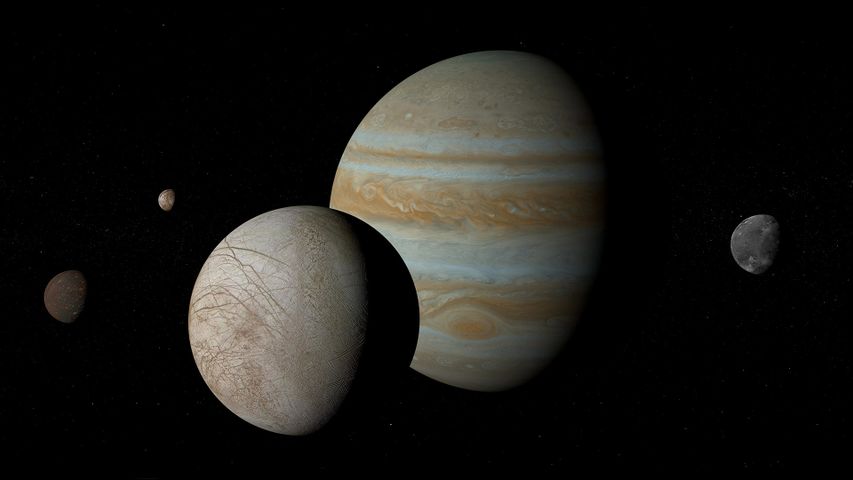
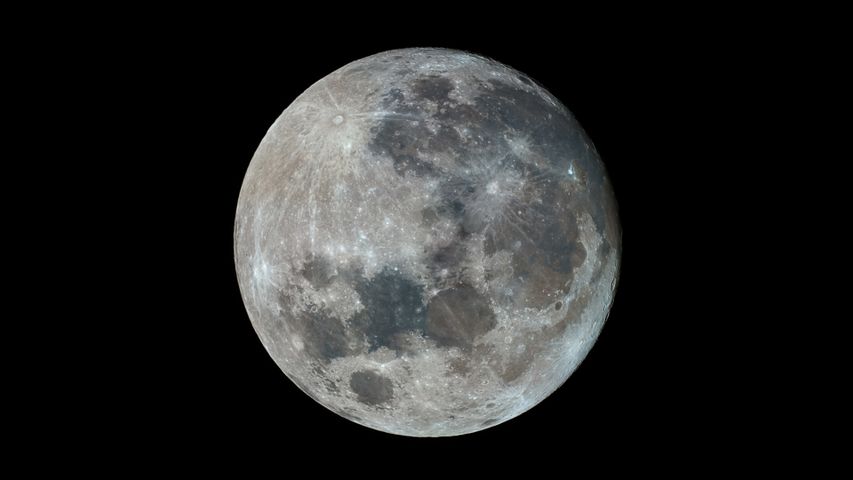 The moon
The moon
 Illuminated President's Estate of India, New Delhi, India
Illuminated President's Estate of India, New Delhi, India
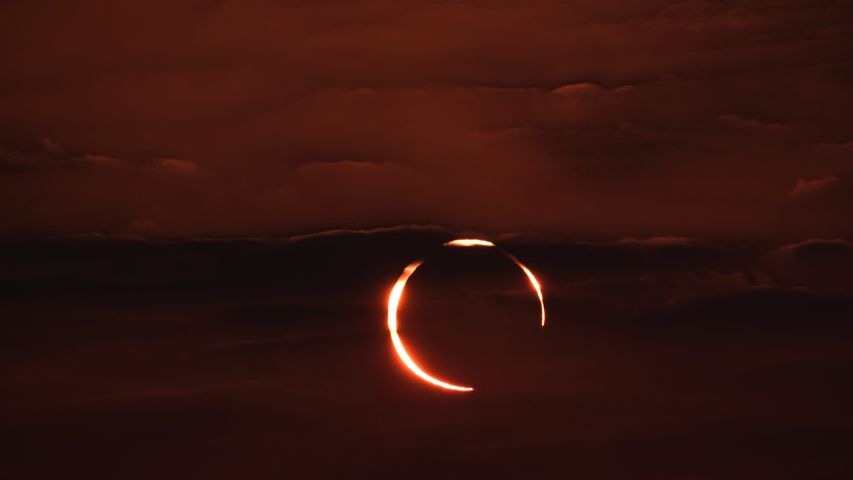 'Ring of fire' annular solar eclipse, Doha, Qatar
'Ring of fire' annular solar eclipse, Doha, Qatar
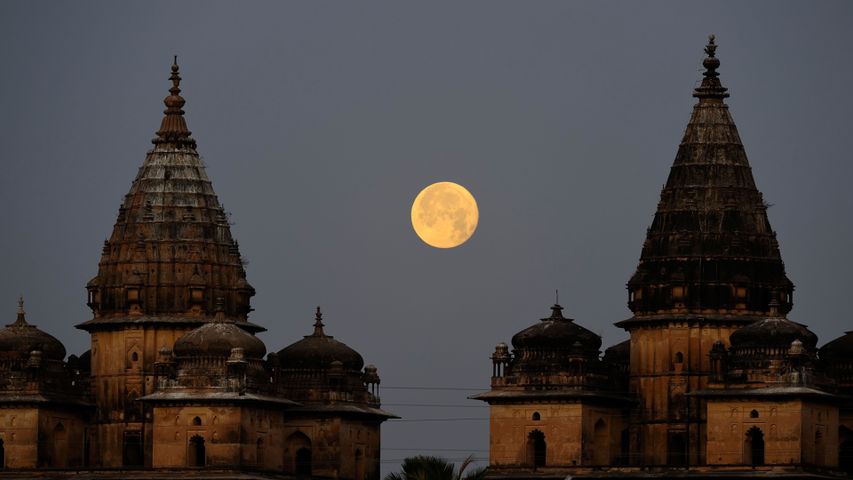 Full Moon set at dawn, behind Cenotaphs, Orchha, Madhya Pradesh, India
Full Moon set at dawn, behind Cenotaphs, Orchha, Madhya Pradesh, India
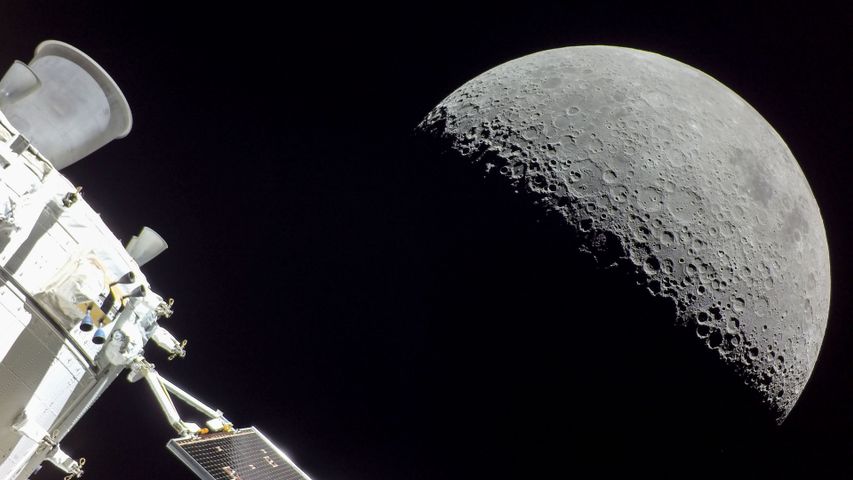 The moon seen from the Orion spacecraft of NASA's Artemis mission
The moon seen from the Orion spacecraft of NASA's Artemis mission
 Moon rising, Tucson, Arizona
Moon rising, Tucson, Arizona
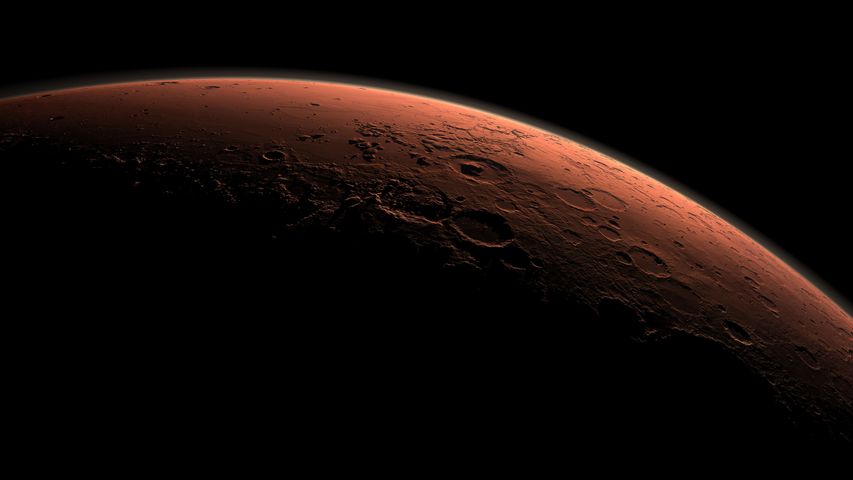 Mars
Mars
 Lunar eclipse above Mount Crested Butte, Colorado
Lunar eclipse above Mount Crested Butte, Colorado


